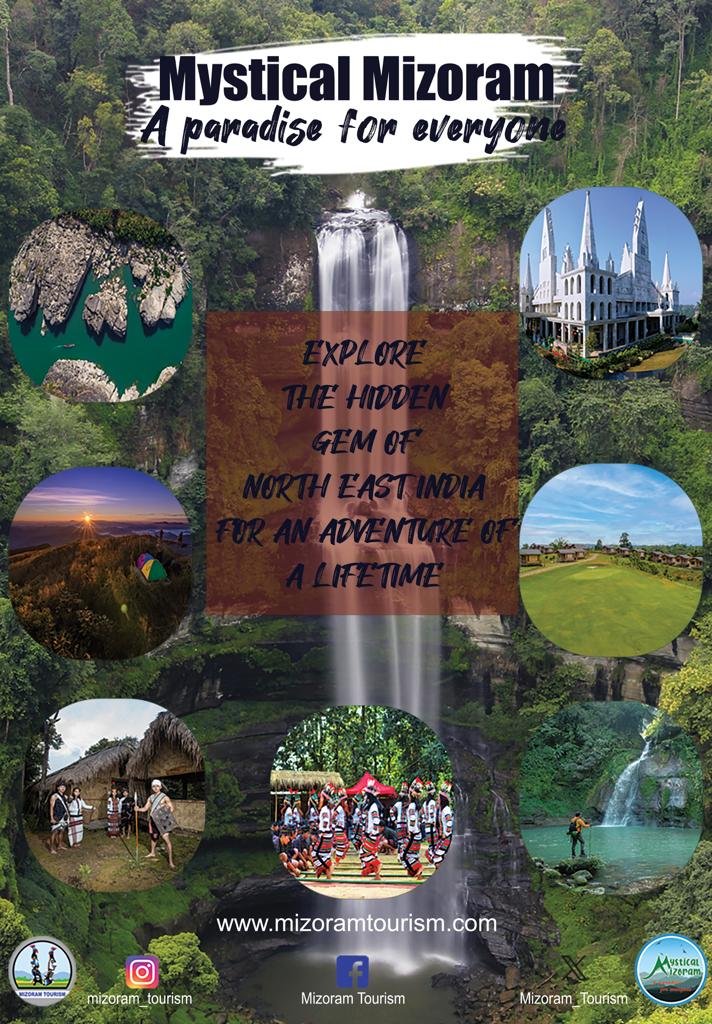BY DEBAJYOTI CHAKRABORTY
NEW DELHI, 25 JULY 2022
Though the world will celebrate the International Day of the Cheetah (Acinonyx jubatus)in 4 December 2022, the Midnights Children are all set to welcome back the return of the ‘meow and purr’, the fastest animal on earth to India during the celebrations of Azadi Ka Amrit Mahotsav next month, seven decades after it was extinct .

“Cheetah reintroduction in India has a larger goal of re-establishing ecological function in Indian grasslands that was lost due to extinction of Asiatic cheetah. This is in conformity with IUCN guidelines on conservation translocations. Cheetah as a flagship species will lead to greater focus on the status of dry-open forest/savanna ecosystems and the need to restore and manage them. Cheetah reintroduction would also greatly enhance local community livelihoods through eco-tourism prospects in the long term. Completing 75 glorious years of Independence with restoring the fastest terrestrial flagship species, the cheetah, in India, will rekindle the ecological dynamics of the landscape, Tweets Bhupender Yadav, union minister of environment, forest and climate control (MoEFCC).

The first set of eight cheetahs from Namibia will be released in the Kuno- Palpur National Park in Madhya Pradesh for captive breeding . Already India and Namibia has signed a pact on the transfer of the African wild cheetah.
The Cheetahs have played a significant role in the forest ecosystem in India but in 1952, the fastest wildcat was declared extinct in India. Due to large scale poaching cheetahs vanished from the Indian forests. Till the 16 th century there have been around 10,000 Asiatic cheetahs roaming in the wild inside Indian forest lands. Cheetahs are the fastest land animals on earth and who can run as fast aat speed of up to 113 km per hour. The Cheetah can reach its top speed in just three seconds.

Almost like flying -When cheetahs are running full speed, their stride (length between steps) is 6-7 meters (21 feet). Their feet only touch the ground twice during each stride.
Till today, cheetahs come under the vulnerable species category as there are only some 7100 odd cheetahs left in the wild , mostly in Africa and are amongst the most vulnerable and threatened wildcat species on earth. The asiatic cheetah population is around 100 and left only in Iran.

India’s last asiatic cheetah was spotted in 1947 in Chhattisgarh and declared extinct in 1952.
International Cheetah Day:
Celebrate the cheetah on December 4th! In 2010, Dr. Laurie Marker designated December 4th as International Cheetah Day. The annualcelebration was set in remembrance of a cheetah cub named Khayam, thatshe raised at Wildlife Safari in Winston, Oregon.

CHEETAH FACTS
1. Cheetahs don’t roar
Unlike the common misconception that all big cats roar, cheetahs actually meow and purr!
2. They are born with a sun-shield
Cheetahs are born with distinctive tear-mark lines that run from the corners of their eyes down to their mouth to help them protect their eyes from the sun’s glare. Cheetahs have “tear marks” that run from the inside corners of their eyes down to the outside edges of their mouth. These marks help reflect the glare of the sun when they are hunting during the day. They work just like the black marks that football players put under their eyes during the games. These marks also work like the sights on a rifle, to help the cheetah “aim” and stay focused on their prey when they are hunting.
3. The spots go deeper!
The spots on a cheetah’s fur aren’t just fur-deep, they are skin-deep. Their skins have black spots. he cheetah’s fur is covered in solid black spots, and so is their skin! The black fur actually grows out of the black spots on their skin. Cheetah cubs have long tall hair that runs from their neck all the way down to the base of their tail, which is called the mantle. The mantle makes a cheetah cub look like a honey badger and makes them blend into tall grass, which helps keep them safe from threats like lions and hyenas.
Tail like a rudder :The cheetah has a long, muscular tail that has a flat shape. The tail almost functions like a rudder on a boat because they use it to help control their steering and keep their balance when running very fast.
4. They are both “introverts” and “extroverts”-
Cheetahs are usually solitary animals, but they often stick up formntheir siblings and cubs. A mother cheetah usually cares for anywhere from 2 to 8 cubs per litter, but cubs are often the target of other predators and many do not survive past the first year.
5. Cheetahs don’t drink often
Cheetahs only need to drink water every three or four days.
50 Cheetahs to be reintroduced in National Parks over five years, under ‘Action Plan for Introduction of Cheetah in India’:
Unveiling the action plan, Union Minister for Environment, Forest and Climate Change, Shri Bhupender Yadav had earlier informed that Prime Minister Narendra Modi is keen on the protection and conservation of seven major big cats including Cheetah. “Project Cheetah aims to bring back independent India’s only extinct large mammal – the cheetah. As part of the project, 50 cheetahs will be introduced in various National Parks over five years,”added Bhupendar Yadav.

Cheetah happens to be the only large carnivore that got completely wiped out from India, mainly due to over-hunting and habitat loss. The Action Plan highlights the nation’s preparedness in bringing the cheetah back. Conservation of Cheetahs has a very special significance for the national conservation ethic and ethos. The very name ‘Cheetah’ (Acinonyx Jubatus Venaticus) originates from Sanskrit and means ‘the spotted one’. Amongst the 10 surveyed sites of the central Indian states, Kuno Palpur National Park (KNP) in Madhya Pradesh has been rated the highest. This is because of its suitable habitat and adequate prey base. KNP area is is 748 sq. km., devoid of human settlements, forms part of Sheopur-Shivpuri deciduous open forest landscape and is estimated to have a capacity to sustain 21 cheetahs.
Kuno is probably the only wildlife site in the country where there has been a complete relocation of villages from inside the park. Kuno also offers the prospect of housing four big cats of India – tiger, lion, leopard and cheetah – and allowing them to coexist as in the past.
The other sites recommended for holding and conservation breeding of cheetah in India, in controlled wild conditions are:
1. Nauradehi Wildlife Sanctuary (1,197 sq. km, habitat 5,500 sq.km), Madhya Pradesh
2. Gandhi Sagar Wildlife Sanctuary – Bhainsrorgarh Wildlife Sanctuary complex (~2500 sq.km), Madhya Pradesh
3. Shahgarh bulge in Jaisalmer, Rajasthan (4,220 sq.km)
4. Mukundara Tiger Reserve as fenced enclosure (~80 sq.km), Rajasthan

Advertisement:






























Add Comment